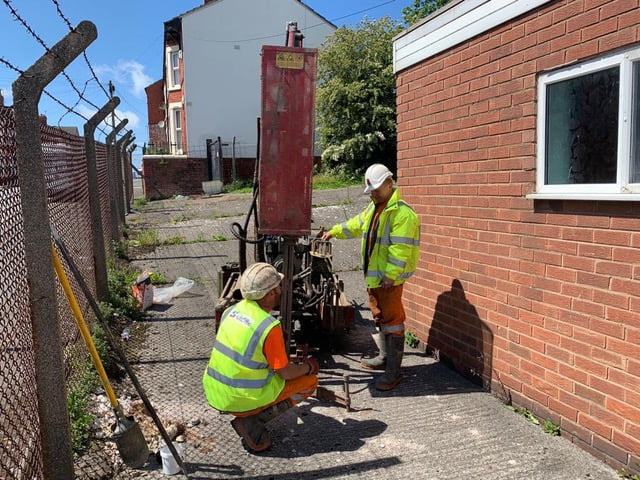
- Aug 13, 2021
- Sutcliffe
- Site investigations
- 0 Comments
The desire for housing has continued to exceed the number of new homes being built over recent years, giving rise to the current shortage in housing supply and creating the much-needed appeal for sustained development within new house building.
Clear targets have been set by the Government over recent years in a bid to provide new homes across England and satisfy the current high demand within the UK housing market. With the need to establish suitable land for development, housing built on brownfield sites will be fundamental in achieving the Government’s goals and objectives.
Brownfield land refers to previously developed land that is not currently in use. This land often presents risk due to contamination as a result of its previous use, often for industrial or commercial purposes with known or suspected pollution including soil contamination due to hazardous waste.
Contaminated land, as set out within Part 2A of the Environmental Protection Act 1990, refers to a site where substances are causing, or could potentially cause, harm to people, property, or protected species; significant pollution of surface waters or groundwater and harm to people as a result of elevated levels of contamination.
Sites with contaminated land are often previously used as factories, mines, steel mills, refineries, or landfills, and these long-abandoned buildings or sites plague almost every community with their vacant demeanour, while the Government is desperately pushing the build of new houses.
In order to identify suitable land to build these houses on, building on contaminated sites will be fundamental in tackling the housing crisis. Land recycling provides opportunities for urban renewal and the ability to build and grow truly liveable communities. Planning permission is often easier to achieve as local councils encourage building on this type of land.
Many brownfield and abandoned sites present more advantages than just tackling the UK housing crisis as these are often situated in prime areas within close proximity of a neighbourhood and existing infrastructure like road networks, which is convenient to build new homes on.
Redevelopment of contaminated land does not only clean up eyesores and environmental risks but can also act as a catalyst for community regeneration. This process brings life back into communities, provides affordable housing while also creating job opportunities.
If contamination is suspected, Sutcliffe will initially carry out a desktop study to uncover the site’s history in order to establish whether there is a need for further investigation. If the desktop study raises concerns, or the history of the site is not fully known, Sutcliffe will undertake a comprehensive site investigation including trial holes, boreholes, and contamination testing, concentrating on areas that raise the most suspicion. Testing is imperative to ensure a thorough examination, therefore soil samples are taken at a variety of depths and locations in order to determine the nature and level of contamination as well as its extent. Once testing is complete, a risk assessment is undertaken specifically to the type of development being completed, with any remedial measures being recommended.
For all site investigation and land remediation works, contact our geotechnical specialists on 0151 227 3155.
